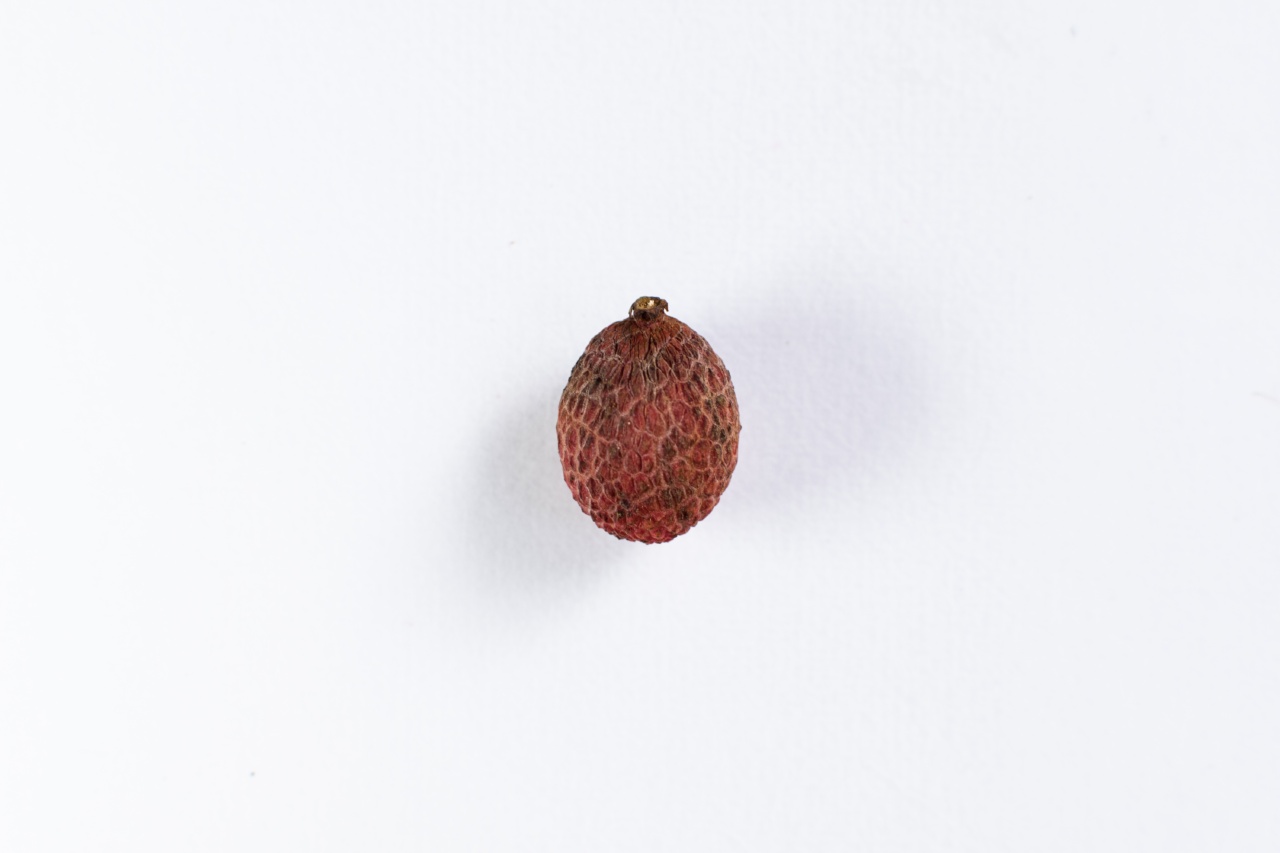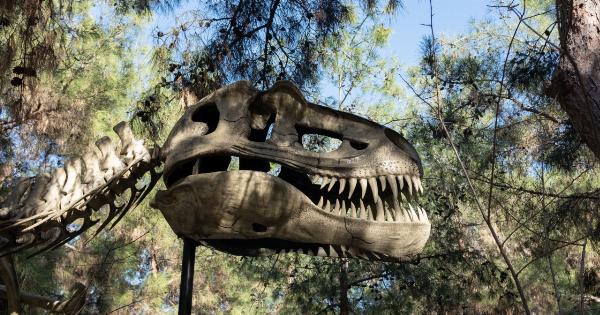Osteogenesis imperfecta (OI) is a rare genetic disorder that affects the bones. Also known as brittle bone disease, it causes bones to break easily, often with little or no apparent cause.
The condition is caused by mutations in one of several genes responsible for making collagen, a critical component of bone strength. While there is no cure for OI, various treatments are available to help reduce the risk of fractures and promote bone growth. One such treatment is the infusion of recombinant human BMP-2 (rhBMP-2), a type of protein that stimulates new bone growth.
However, recent studies have shown that some patients do not respond well to this treatment, and researchers have been working to uncover the protein responsible for this incomplete response to treatment.
The Mechanism of Action for BMP-2
BMP-2 is a growth factor that belongs to the transforming growth factor-beta (TGF-beta) superfamily.
It plays an essential role in bone formation and development by stimulating the differentiation of mesenchymal stem cells (MSCs) into osteoblasts (bone-forming cells).
When rhBMP-2 is injected into a fracture site, it binds to specific cell surface receptors, activating a signaling cascade that leads to the activation of transcription factors responsible for the production of osteoblast-specific genes.
This, in turn, leads to the differentiation of MSCs into mature bone cells and the production of new bone tissue.
Incomplete Response to BMP-2
Despite the effectiveness of rhBMP-2 in promoting bone growth, some patients with OI do not respond well to this treatment. Researchers have been working to uncover the protein responsible for this incomplete response to BMP-2.
One study published in the Journal of Bone and Mineral Research found that patients with OI who do not respond to rhBMP-2 have higher levels of a protein called osteoglycin (OGN) in their bones.
OGN is a small extracellular matrix proteoglycan that is localized to the bone tissue and has been shown to regulate the differentiation and activity of osteoblasts.
The researchers hypothesized that OGN might interfere with the binding of BMP-2 to its receptors, thus preventing the activation of the signaling cascade responsible for bone growth.
OGN Inhibits BMP-2 Signaling
To test their hypothesis, the researchers conducted in vitro experiments using MC3T3-E1 cells, a murine osteoblastic cell line.
They found that treatment with OGN inhibited the BMP-2-induced activation of downstream signaling molecules and the expression of osteoblast-specific genes.
Furthermore, the researchers found that OGN binds to BMP-2 and interferes with its binding to its receptors.
This prevents the activation of downstream signaling molecules responsible for bone growth, leading to an incomplete response to BMP-2 treatment.
Implications of the Study
The study has important implications for the treatment of OI.
By identifying OGN as the protein responsible for incomplete response to rhBMP-2, researchers can now develop new strategies to overcome this obstacle and improve the effectiveness of BMP-2 treatment for patients with OI.
Future studies will need to investigate the mechanisms by which OGN is regulated in the bone tissue and how it interacts with BMP-2 receptors. The ultimate goal is to develop more effective and personalized treatment strategies for patients with OI.
Conclusion
BMP-2 is a potent protein that stimulates bone growth and is used in the treatment of OI. However, some patients do not respond well to this treatment, and recent studies have identified OGN as the protein responsible for this incomplete response.
OGN has been shown to inhibit BMP-2 signaling by interfering with its binding to its receptors. This discovery paves the way for the development of new treatment strategies for patients with OI.






























